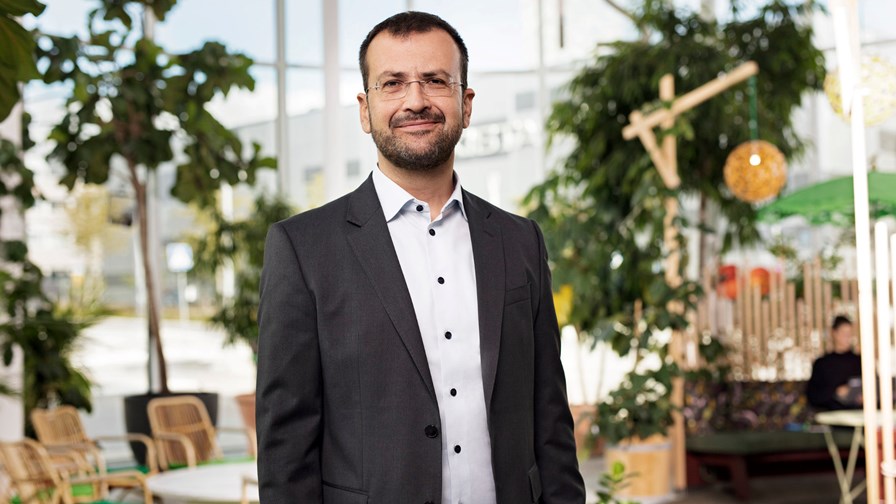
Sinisa Krajnovic © Ericsson
- Ericsson looks to employ 80 designers by mid-2018
- Work will focus on ASICs for 5G radio base stations
- Intends to support local industry collaboration and share expertise
- Joins other design centres in Sweden and China
Ericsson has announced that has opened an ASIC design centre in Austin, Texas, to focus on microelectronics with the aim of accelerating the path to 5G commercialisation. It said it wants to recruit 80 specialist designers by the middle of next year. Why Austin? Because the city is quickly becoming established as a focal point for silicon design and manufacturing, including Ericsson’s partners Intel and Cisco.
ASIC (Application Specific Integrated Circuit) microelectronics are at the core of all Ericsson’s Radio Systems and can be seen as processors that are specially made for the computation needs of mobile infrastructure. The company says the bespoke devices are 100x faster, more cost-efficient, and less power hungry than a general processor in a personal computer.
“We are strengthening our radio design capability in one of the world’s 5G pioneer markets,” said Sinisa Krajnovic, Head of Development Unit Networks, Ericsson. “We’ll be up and running with our first group of designers in Austin by the end of 2017. Along with our ASIC design teams in Sweden and China, we’ll be making faster, better and greener 5G products to bring into the Ericsson portfolio by 2019.”
The design centre will be centrally located in Austin’s tech neighbourhood, near other processor manufacturers. Ericsson says that working close to the major Silicon fabrication houses and fostering collaborations will enable the company to bring core silicon technology to develop its dedicated ASICs.
“Austin is one of the fastest-growing cities in the US with a bustling tech and start up scene,” added Niklas Heuveldop, Head of Ericsson North America. “We want to capture the great talent on-hand there, enabling us to increase digital ASIC capabilities even further and be close to some of our key global customers.”
Bespoke silicon solutions are becoming a key differentiator for vendors, whether in infrastructure or devices. Rather than make do with the performance of general purpose off-the-shelf components, which inevitably are not fully optimised for the specific use case, smart thinking vendors are looking to design their own (whether they actually manufacture them in-house or outsource the process is another matter).
The problem is one of expertise – it takes time to build knowledge and expertise in chip design and manufacturing, let alone the associated high investment. Much of this planning and preparation is already ongoing by vendors, although few are showing their hands yet. Tomorrow, we report on the shifting dynamics in the smartphone market, and how Apple is slowly squeezing out its third-party silicon suppliers and how market leader Qualcomm is fighting back.
Email Newsletters
Sign up to receive TelecomTV's top news and videos, plus exclusive subscriber-only content direct to your inbox.




